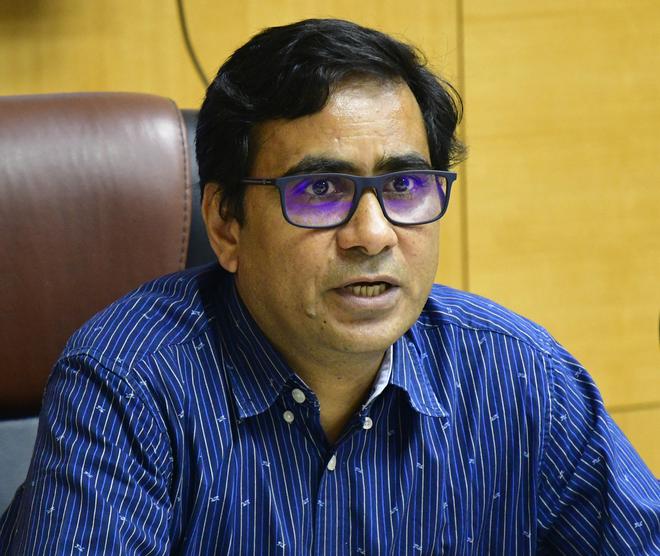Women voters outnumber men in at least 17 of the 28 parliamentary constituencies in Karnataka, according to the revised final electoral roll 2024 published on January 22.

Manoj Kumar Meena, Chief Electoral Officer for Karnataka, said there has been a constant improvement in the gender ratio that has gone up from 958 (per 1,000 males) in the 2013 Assembly elections to 997 this year.
The figure was 960 in the 2014 Lok Sabha elections, 963 in 2015, and 972 in the 2018 Assembly elections, 976 in 2019 Lok Sabha elections, 981 in summary revision of 2020, 983 in 2021, 984 in 2022 summary revision, and 986 in the 2023 Assembly elections.
“The gender ratio of general electors increased from 991 to 997 while transitioning from the draft rolls to the final rolls of 2024. Furthermore, the gender ratio of young electors witnessed an increase from 818 to 856 during this period,” he explained.
Elector-population ratio
This time, the elector-population (EP) ratio of Karnataka (as per the final roll 2024) is 69.74%, which means of the total projected population (7.71 crore), 69.74% are electors, Mr. Meena said.
“The primary focus was on enhancing the health of the electoral rolls, thereby improving key indicators during the house-to-house survey and revision period. During the following periods, the EP ratio has been consistently maintained,” he said.
Young and old electors
The number of young electors (18-19 years) has increased from 6,45,491 in the draft rolls published on October 27, 2023 to 10,34,018 in the final rolls, marking a significant rise of 3,88,527 young electors.
The total young electors include 4,76,737 females and 120 transgenders. While the total electors aged above 80 years stands at 12,71,862, those aged aged above 100 years are 17,937.
Belagavi has the highest number of young electors at 1,02,706, and the highest number of electors aged above 80 years at 99,197, while Mysuru has the highest number of electors aged above 100 years at 2,004.







